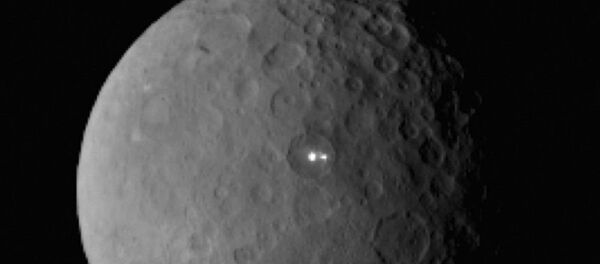At the 2015 Astrobiology Science Conference held in Chicago on June 15-19, US researchers pointed out that evidence confirming the existence of extraterrestrial life might be found in the most unpredictable places including distant extrasolar planets and "the ground beneath our feet."
"Are we alone? Is there another civilization out there? Is there any other life out there? The fact that we're here, and the fact that life is so complex on Earth, rocks survive on a tiny bit of chemical energy, to me is convincing that there is a very high probability there's life elsewhere," Associate Administrator for Science at NASA John Grunsfeld stated as quoted by Space.com.
"[We're] quite interested in the capability of rocks to store energy within them to be used to power biological systems," Associate Professor of Geological Sciences at the University of Colorado-Boulder Alexis Templeton pointed out, stressing that rocks have the ability to release electrons that may in their turn power different biological systems.
If Earth's rocks can serve as a reservoir of energy that can fuel bizarre life-forms, there might be organisms existing in subsurface environments on some distant planets, according to the researchers.
Alternatively, some alien life forms might also be discovered on distant exoplanets, which have oceans of liquid water and an atmosphere. The so-called "glint effect" — a brighter section on the planet's surface that can be caught by a telescope — may potentially reveal the presence of an ocean on an exoplanet, according to the astronomers. Moreover, some elements and molecules in the planet's atmosphere might indicate the existence of alien life. The presence of oxygen is considered one such clue by the scientists.
Indeed, there is a high possibility that extraterrestrial life will be discovered one day, the scientists noted, adding that it is only a matter of time.






